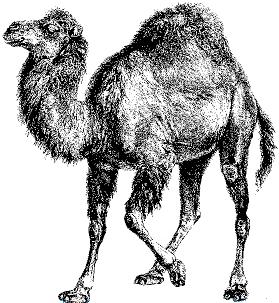
I am botanists who have developed some interest in computational biology. Undoubtedly, computational biology covers an array of subject area but I will cover very small part of this stream of science. I got success to publish few research papers utilizing the different tools of bioinformatic developed by different groups and freely available over internet. Later on, I planned to learn programming. Since internet is the best teacher so I looked to internet for my primary learning resources. I choose PERL for programming medium. Since I am from a non-computational field so I thought that it would be better to learn PERL with internet resources and therefore I planned to set up a blog so that I can share my learning experiences with others on web.
What is PERL
* PERL is a stable, cross platform programming language which stands for Practical Extraction and Report Language. PERL was created by Larry Wall
Supported Operating Systems:
* Unix systems
* Macintosh - (OS 7-9 and X) see The MacPerl Pages.
* Windows - see ActiveState Tools Corp.
* VMS
* And many more...
Why PPERL :
* Perl takes the best features from other languages, such as C, awk,
sed, sh, and BASIC, among others.
* Perls database integration interface supports third-party databases including Oracle, Sybase, Postgres MySQL and others.
* Perl works with HTML, XML, and other mark-up languages.
* Perl supports Unicode.
* Perl is Y2K compliant.
* Perl supports both procedural and object-oriented programming.
* Perl interfaces with external C/C++ libraries through XS or SWIG.
* Perl is extensible. There are over 500 third party modules available
from the Comprehensive Perl Archive Network.
* The Perl interpreter can be embedded into
other systems.
